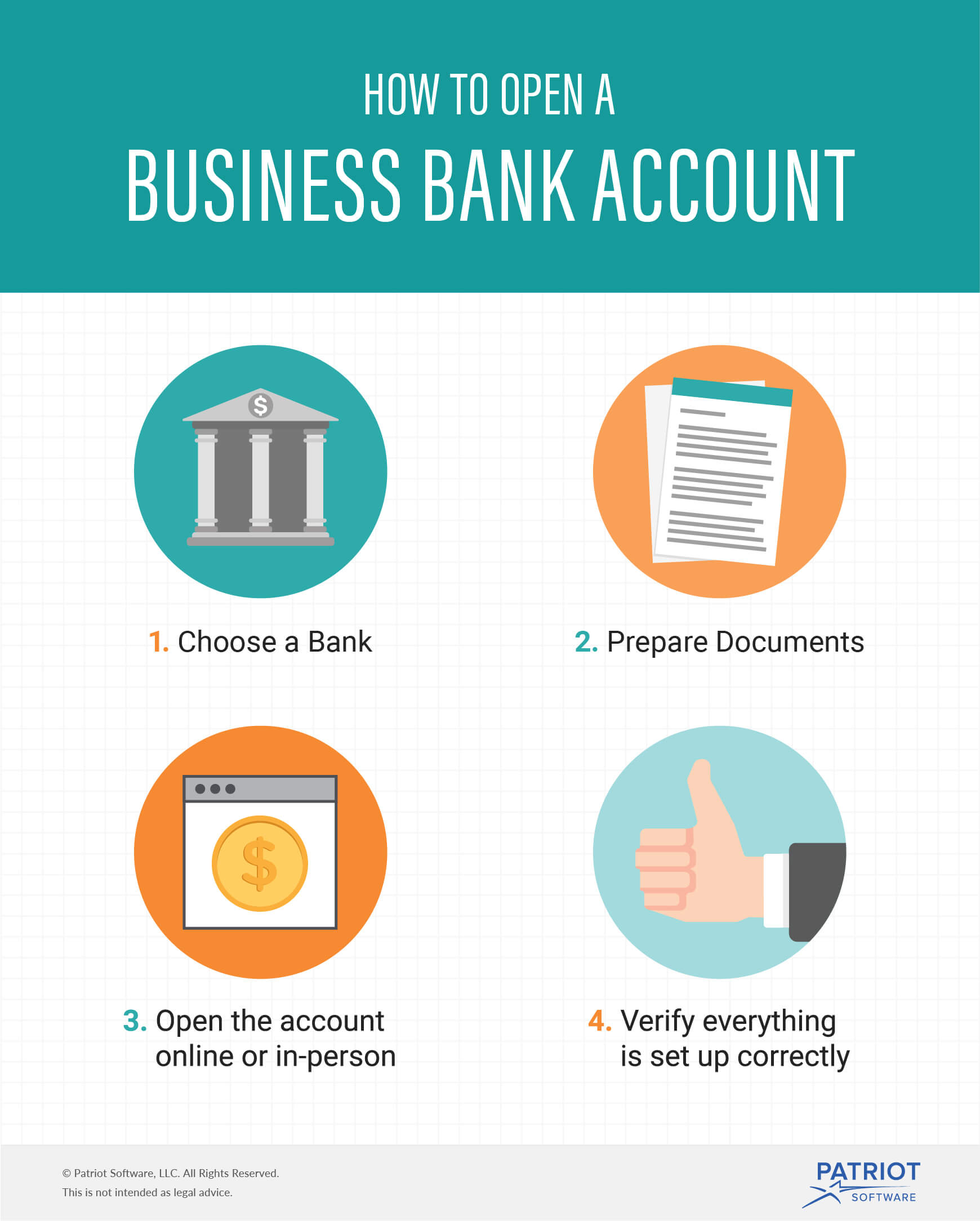Sixty-eight percent of businesses have separate bank accounts for personal and business finances. Separating accounts helps companies organize accounting records, avoid overspending, and accurately file taxes.
You may decide to open a general business checking or savings account, payroll account, or business tax account. Regardless of the type, you need to know how to open a business bank account.
Why should you open a business bank account?
Opening a business account can help you manage and grow your business. Not to mention, companies that are separate legal entities are required to open business bank accounts.
When you separate your business and personal funds, you can determine how your business is doing. You will have an idea of exactly how much money your business has, which helps you create an accurate small business budget and project cash flow.
Tracking income and expenses is difficult when you have mixed funds. But when you open a business bank account, you can more accurately use your bank statement to create a paper trail. And, you can compare your accounting books to your bank statement through bank statement reconciliation without having to weed through your personal funds.
If you claim business tax deductions, you need to have records backing up your claims. Mixing personal and business finances makes it difficult to prove which expenses are business and which are personal, which can trigger an IRS audit.
How to open a business bank account
Setting up a business bank account is an integral part of getting your finances in order. Learn how to set up a business bank account using the following four steps.

1. Choose a bank
The first step of setting up a business account is deciding on a bank. You need to find a bank that meets your business’s needs, which means you need to identify what you’re looking for in a business account.
Are you looking for a bank that will provide a line of credit? Do you need specific features like cash management, deposit reconciliation, or mobile check deposit services? Consider your business’s immediate needs, as well as what you may need down the road.
Opening and managing an account is free at some banks, as long as you maintain a certain balance. Ask around to see what the minimum balance requirements are at each bank.
You should also take into consideration whether or not earning interest on the funds in your account is important to you. And, some banks might offer cash bonuses.
You might get special deals if you open a business bank account at the same bank that manages your personal accounts. Managing personal and business accounts at one bank also simplifies your responsibilities so you don’t have to go from bank to bank.
Determine what you need your business bank account to do. And, check with multiple banks before picking one.
2. Prepare documents
The next step of opening a business account is to get your papers in order. The materials you need largely depend on your business structure.
All businesses need a taxpayer identification number (i.e., Social Security number or Employer Identification Number) to open a business bank account. If you own a partnership or corporation, or if you have employees, you are required to apply for an Employer Identification Number.
According to the Small Business Administration, these are the documents you need to have based on your business structure:
Sole proprietorships
- Social Security number or Employer Identification Number (EIN)
- Business license or business name filing document
Partnerships
- Employer Identification Number
- Partnership agreement
- Business name filing document
Corporations
- Employer Identification Number
- Articles of Incorporation
LLCs
- Social Security number or Employer Identification Number
- Articles of Organization
Make sure you obtain taxpayer identification numbers, business licenses, business name filing documents, Articles of Incorporation, or Articles of Organization before you try to open a business bank account. You might also bring additional documents that indicate your cash-flow projections.
3. Open the account online or in-person
After you have researched banks and collected all the necessary documents, you can open the account. You can either go to the bank to set up the account or open it online.
Keep in mind that you are required to open your business bank account in person if you are in one of the following industries:
- Telemarketing
- Precious metals
- Gambling
- Government
For all other businesses, how to open a business account depends on your preference. Would you rather have someone walk you through the process in person, or are you comfortable enough to open it online?
If you prefer the convenience of opening a business bank account on your own, you might decide to pursue the online option.
If you want to verify information or ask questions during the process, you may want to open the account in person.
4. Verify everything is correct
Once you reach this step, your business bank account is set up! However, you need to make sure everything went through successfully.
If you opened a business checking account, make sure the names on the checks match your business’s legal name, not your doing business as (DBA) name.
Make sure your deposits go through. Track the funds coming in and out of your account to make sure everything runs smoothly.
Use your business bank account in conjunction with accounting software to keep your finances in order. Patriot’s online accounting software gives you an easy way to track business transactions. And, we offer free, U.S.-based support. Get your free trial today!
This is not intended as legal advice; for more information, please click here.
